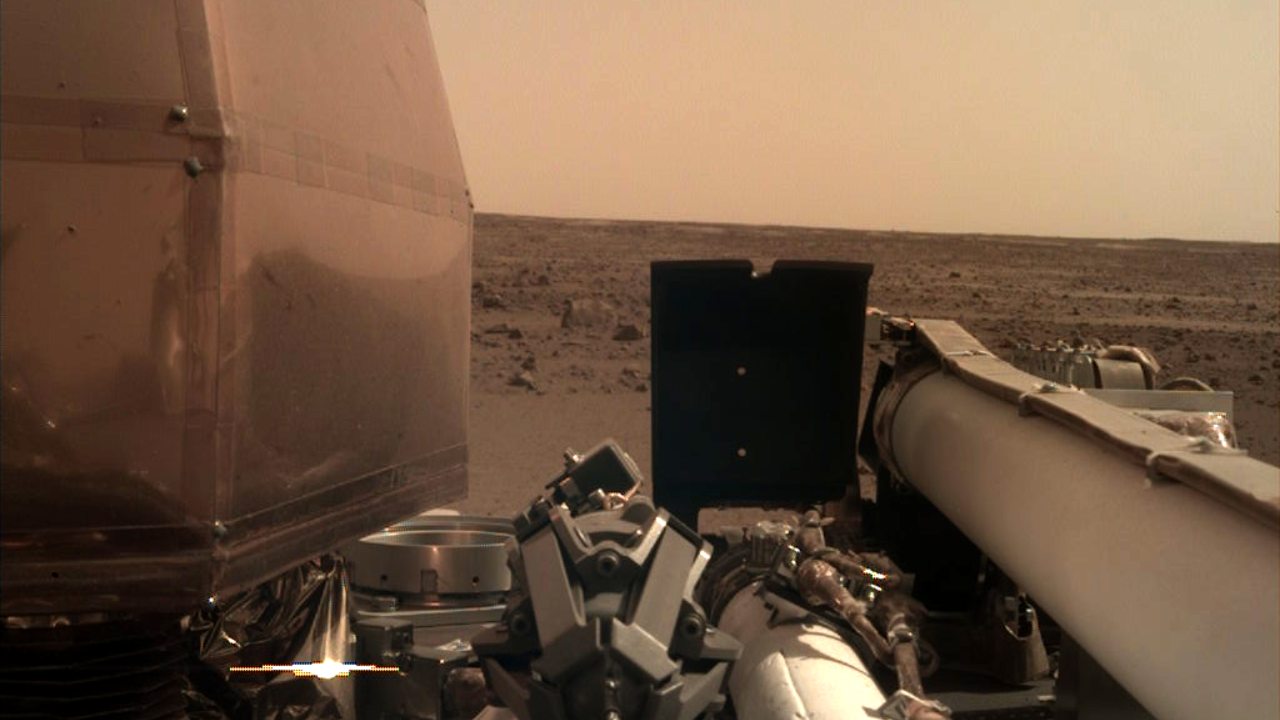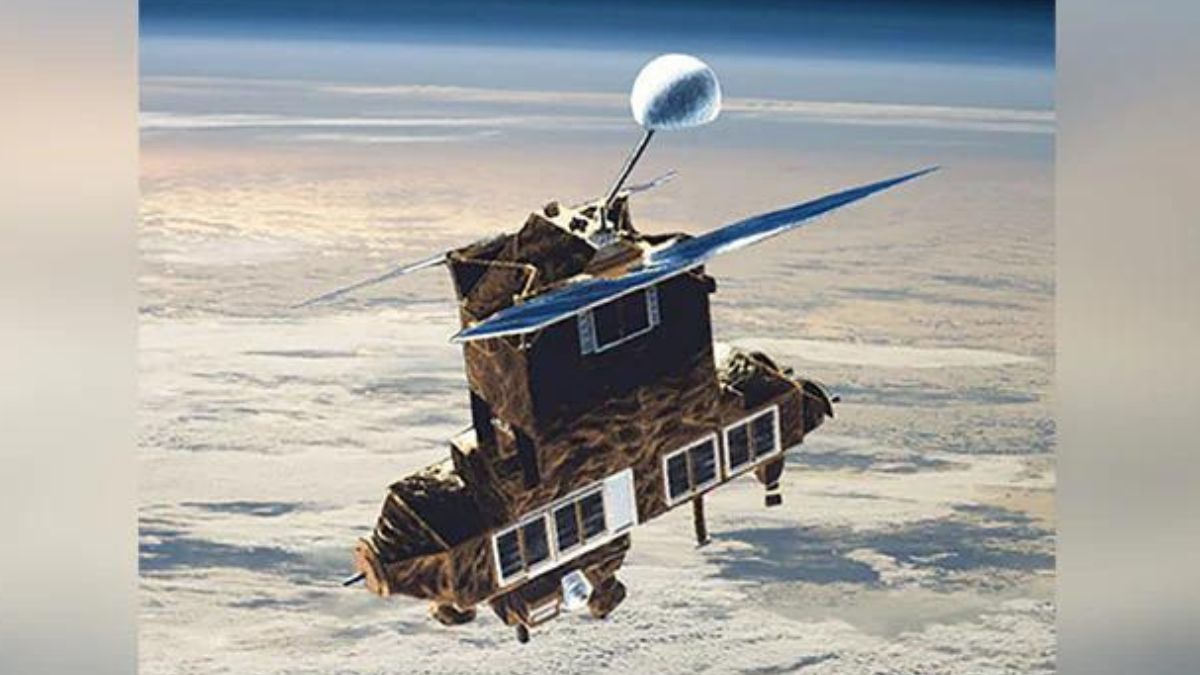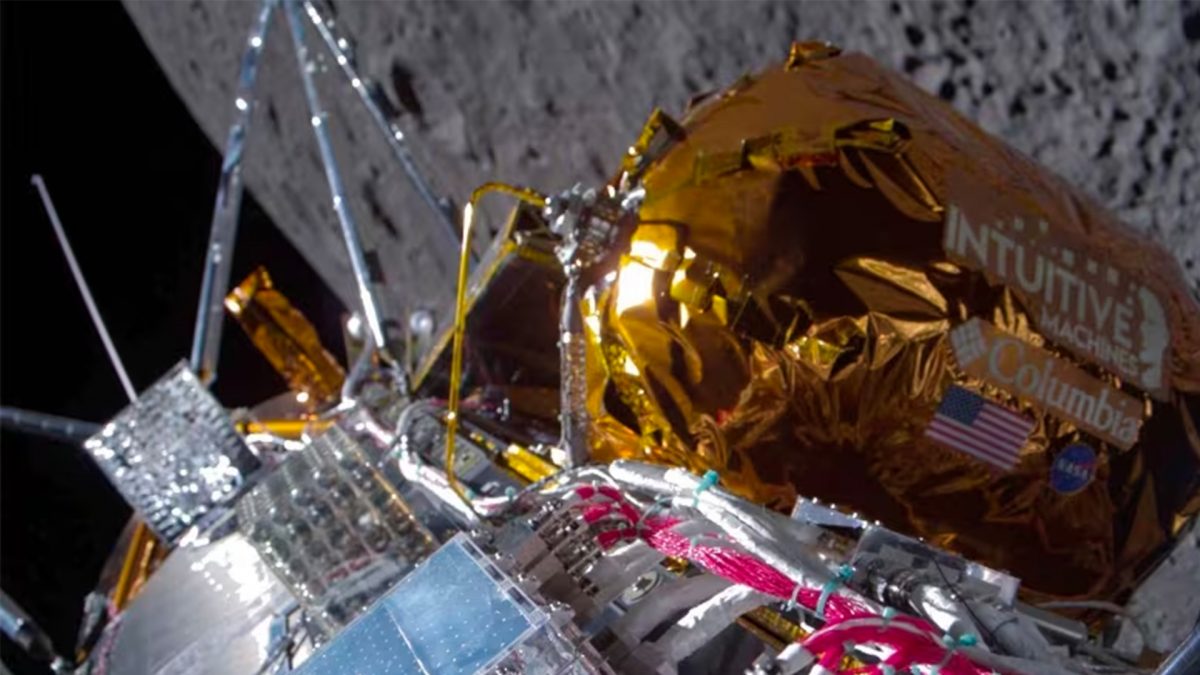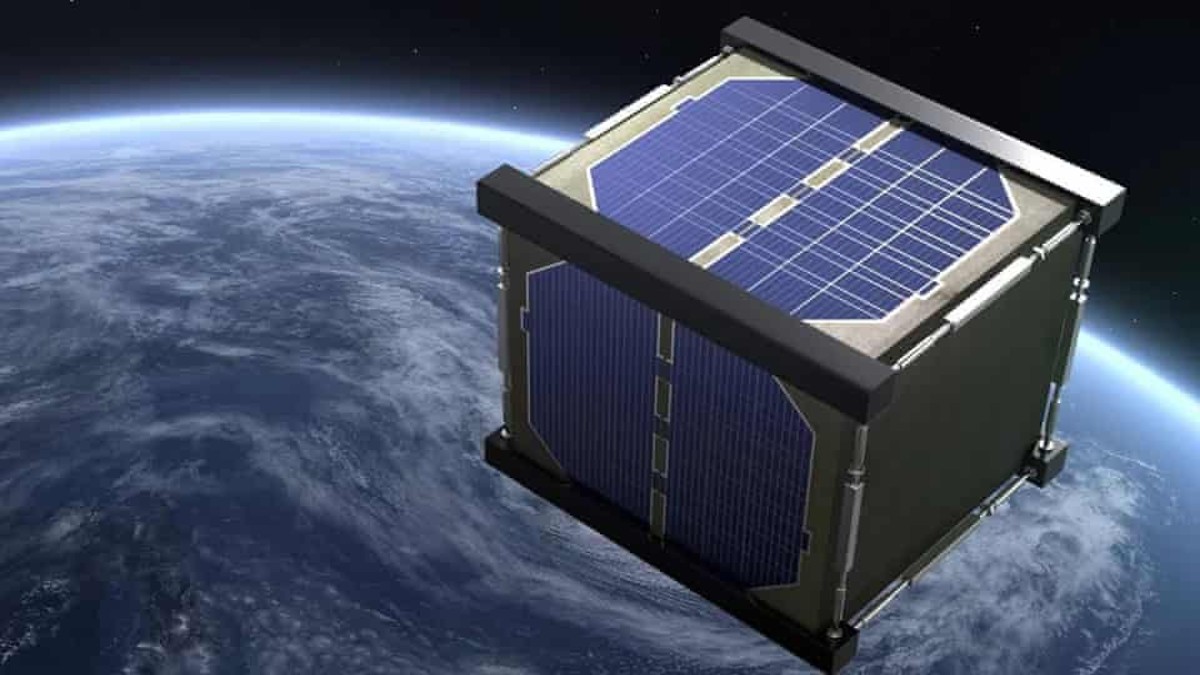NASA’s InSight lander touched down safely on Mars after a seven-month-long journey, and sent its mission team an image for confirmation just minutes later.
Soon after, InSight got to work on some self-imposed health checks before unfolding its robot arm and solar arrays to soak up some sun and charge its batteries.
Aaah...soaking up the Sun with my solar panels. 🌞 After a long flight, and thrilling #MarsLanding, it feels great to get a good stretch and recharge my batteries. (Like, literally.) It’s just what I’ll need to really start getting in tune with #Mars. https://t.co/yse3VEst3G pic.twitter.com/LpsiI0KNNz
— NASA InSight (@NASAInSight) November 27, 2018
The lander has also deployed its first sensors from science experiments on Mars: quake-detectors.
“Slowly releasing all my pent-up tension, starting with loosening my grapple, as these before-and-after pics show,” NASA InSight’s Twitter account said.
“Until I’m ready to stretch my arm out, my camera angles will be the same.”
Slowly releasing all my pent-up tension, starting with loosening my grapple, as these before-and-after pics show. Until I'm ready to stretch my arm out, my camera angles will be the same. Stay tuned though: every picture I take, I’ll send to #Earth here: https://t.co/tjr8tfaCg5 pic.twitter.com/OAOTeA6uwq
— NASA InSight (@NASAInSight) November 29, 2018
Engineers are soon planning to use InSight’s five arms to get started on some more of the robot geologist’s experiments.
InSight has two full-colour cameras onboard, that have sent back 3 images already over the 2 days since its successful landing.
NASA is yet to announce that all the other instruments on InSight are in good shape: the CERN-engineered seismometer to seek out Marsquakes small or large, and its sensors to measure escaping heat from Mars’ surface.
InSight has no instruments or missions to detect life, though. That will be left to future rovers like the Mars 2020, which will collect rocks that will eventually be brought back to Earth and analysed for evidence of ancient life.
The spacecraft was built by NASA to last for a two-year mission on the planet, during which it is expected to learn more than any spacecraft before about Mars’ rocky, quake(y) geology.


)




)
)
)
)
)
)
)
)